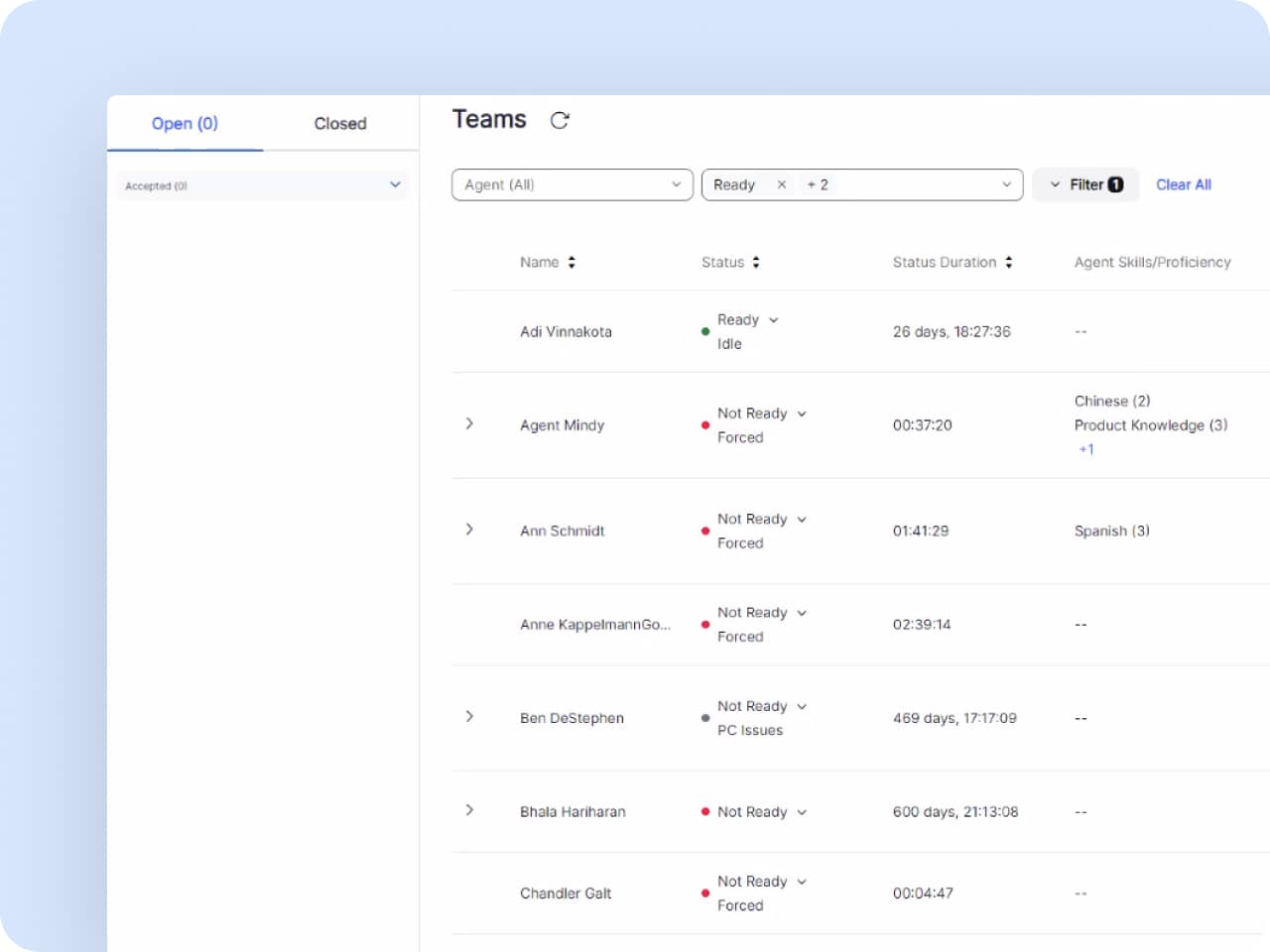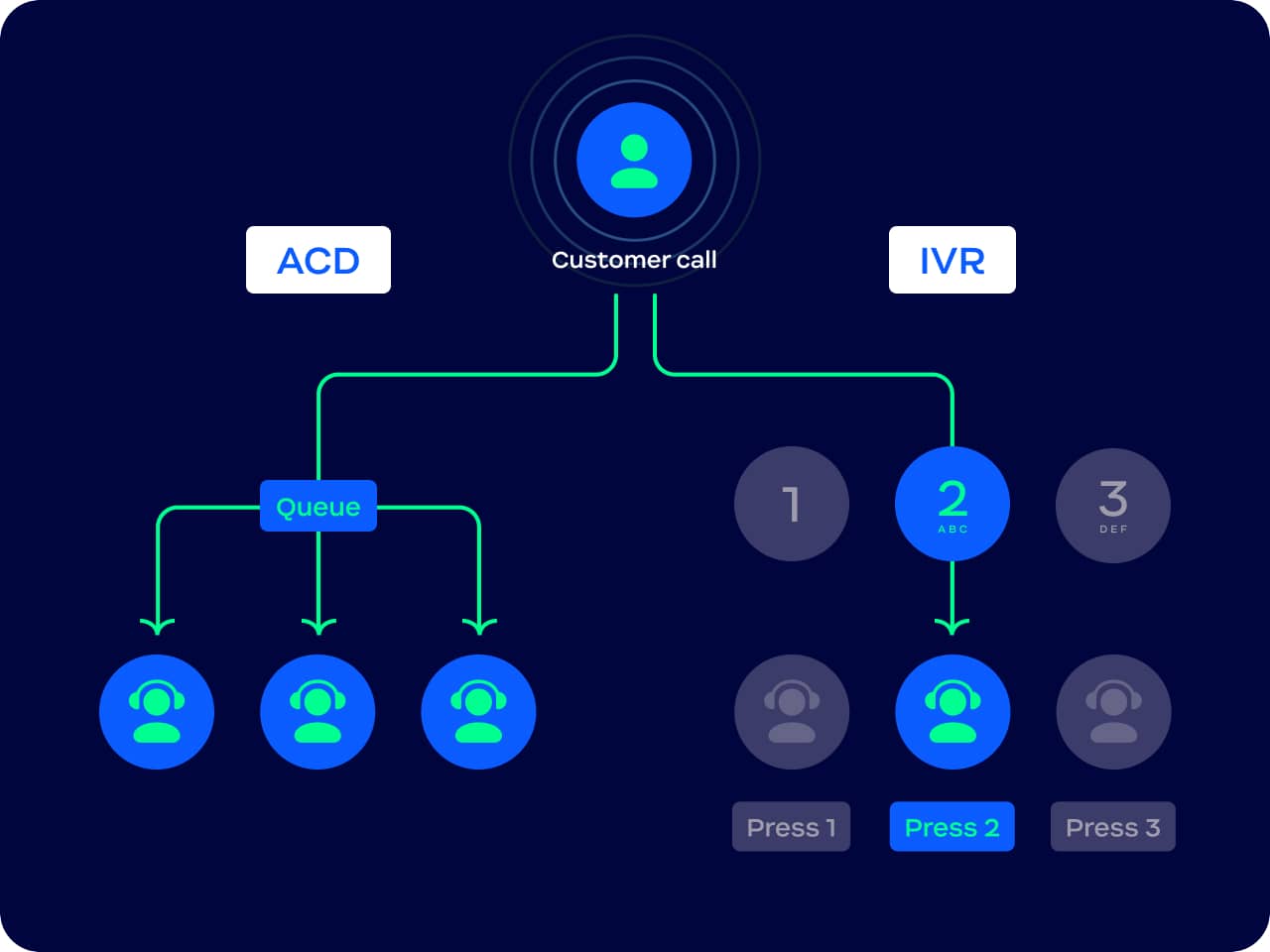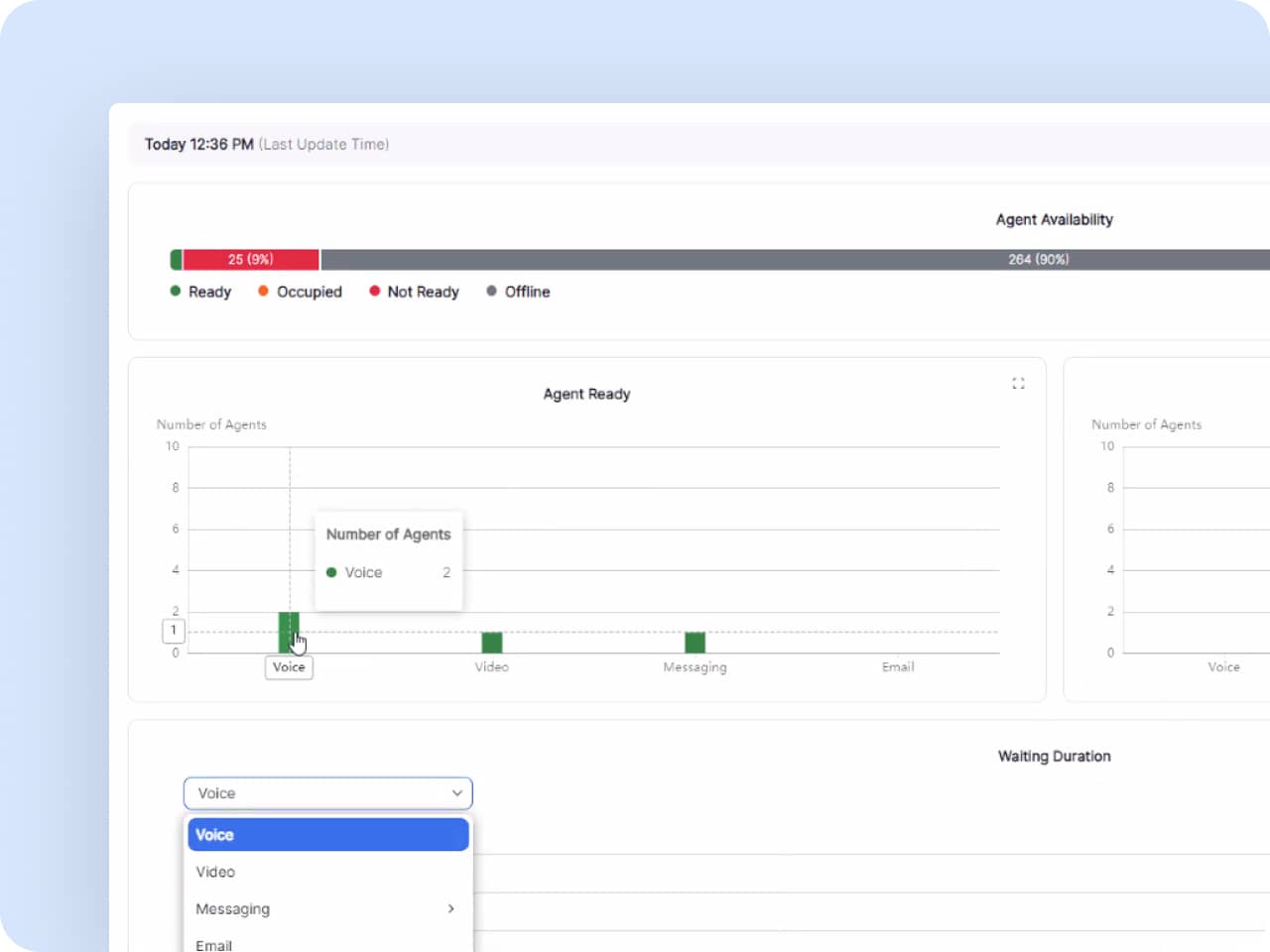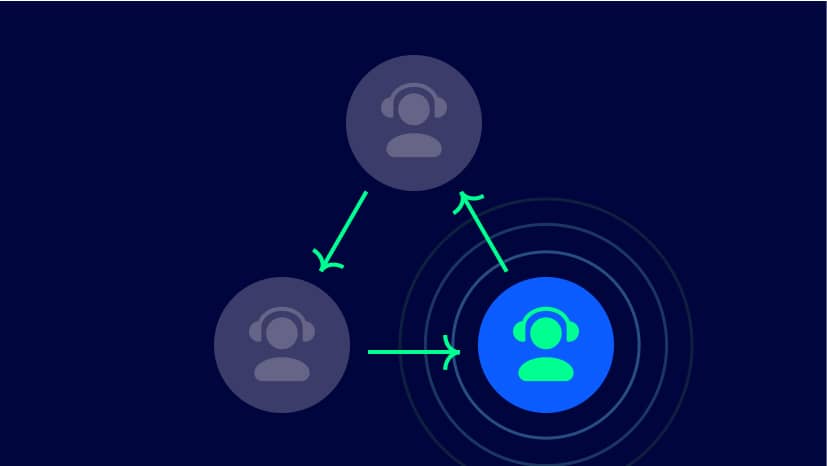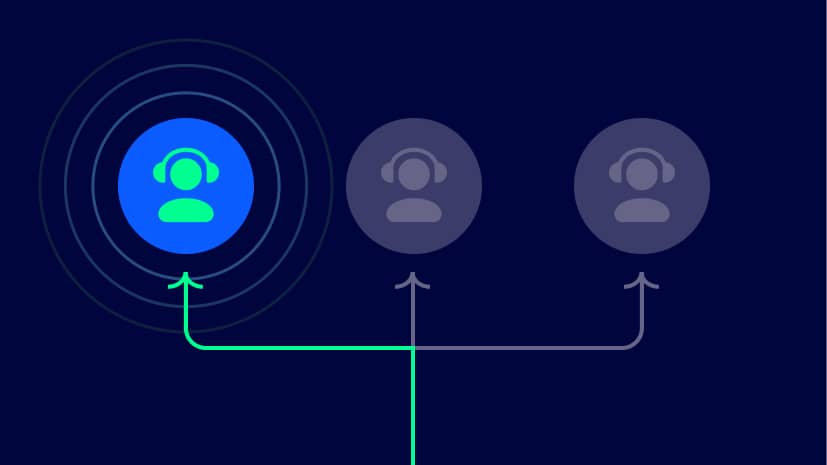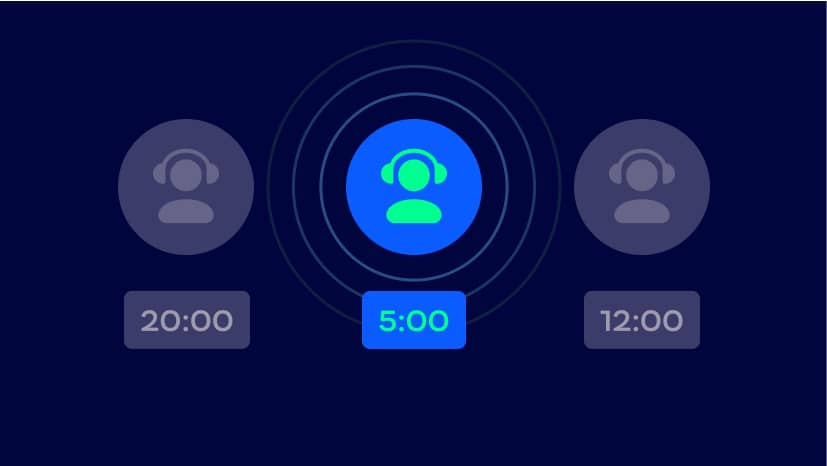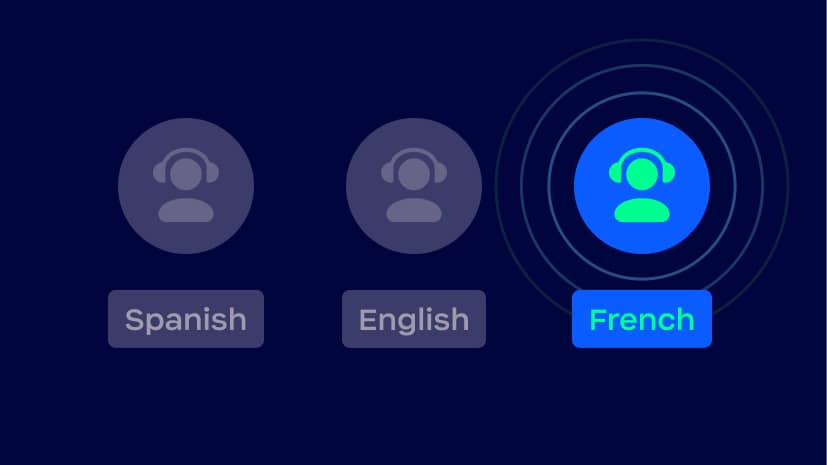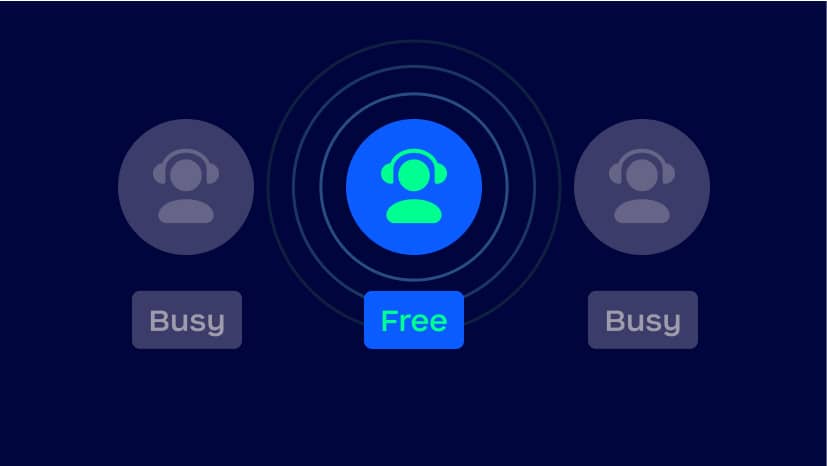Call center agents are more than familiar with the concept of high call volumes and the impact it can bring to their workload. To simplify call routing and reduce the headaches of heavy call burdens, modern contact centers rely on the popular telephony system known as automatic call distribution (ACD).
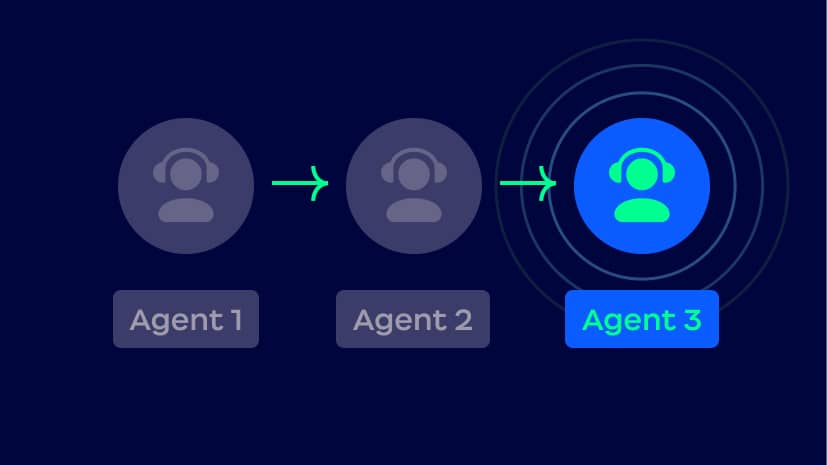
Linear call distribution
If an agent is unavailable, the call is routed or assigned in a linear order to the next agent on the list until someone becomes available.

